The Future of Innovation in Ball Valve Technology
In the ever-evolving landscape of industrial technology, the ball valve stands out as a crucial component that shapes the efficiency and performance of fluid control systems. As industries strive for greater reliability and innovation, the future of ball valve technology promises significant advancements driven by digital transformation and smart engineering. In this blog, we will explore the key reasons why ball valves are on the brink of a technological revolution. From enhanced automation capabilities to improved material sciences, the potential for increased precision and control is immense. Furthermore, we will delve into how digital integration not only streamlines operations but also paves the way for sustainable practices in various sectors. Join us as we uncover the transformative trends that define the future of ball valve technology.

The Evolution of Ball Valve Technology: From Traditional to Smart Solutions
The evolution of ball valve technology has seen a remarkable transformation from traditional designs to innovative smart solutions. Historically, ball valves were primarily manual devices, relying on physical hand operation. However, with advancements in technology, the introduction of automated and remotely operated ball valves has revolutionized the industry. These smart solutions not only enhance operational efficiency but also improve safety and reliability in various applications, ranging from oil and gas to water treatment.
When considering the switch to smart ball valve technology, keep in mind that integration with existing systems is crucial. Tips for a successful transition include conducting thorough assessments of current infrastructure, ensuring compatibility with control systems, and training personnel on new technologies. Additionally, investing in robust cybersecurity measures is vital to protect smart valve operations from potential threats.
Another aspect of innovation is the incorporation of analytics and monitoring capabilities within ball valves. Smart ball valves can provide real-time data on flow rates, pressure levels, and operational status. This data-driven approach allows operators to predict maintenance needs and prevent failures. To maximize the benefits, focus on regularly updating software and algorithms, as continuous improvement is a key to harnessing the full potential of these advanced systems.
Key Innovations Transforming the Efficiency of Ball Valves
The ball valve industry is undergoing a transformative phase, driven by key innovations that significantly enhance efficiency and performance. Recent market studies indicate that the global ball valve market is expected to grow at a CAGR of approximately 4.5% between 2023 and 2028, reaching a valuation of $17.5 billion. This growth is largely attributable to advancements in materials science and automation technologies, allowing for the development of lighter, more durable valve designs that reduce operational costs and improve energy efficiency.

One of the most notable innovations is the integration of smart technology in ball valves. According to a report by MarketsandMarkets, the adoption of IoT-enabled valves is projected to witness a remarkable increase, with an expected market value surpassing $1.3 billion by 2025. These smart ball valves provide real-time data analytics, facilitating predictive maintenance, reducing downtime, and optimizing performance across various applications, particularly in the oil and gas sectors, where efficiency is critical. Furthermore, the emergence of new manufacturing techniques, such as additive manufacturing and advanced coatings, are also enhancing the longevity and reliability of ball valves, catering to the increasing demands for sustainability in industrial operations.
Applications of Advanced Materials in Modern Ball Valves
The advancements in ball valve technology are significantly shaped by the application of advanced materials, which enhance their performance and reliability in various industries. Traditionally, ball valves have been constructed using metals like stainless steel or cast iron, but the emergence of advanced materials such as reinforced polymers, composites, and ceramics is transforming their design. These materials offer superior resistance to corrosion, high-temperature stability, and lightweight properties, which are essential in demanding environments such as oil and gas, chemical processing, and water treatment.
In modern ball valves, the adoption of advanced materials not only improves their functionality but also extends their lifespan. For example, ceramic ball valves provide exceptional hardness and wear resistance, making them ideal for handling abrasive fluids. Furthermore, composite materials can reduce overall weight and enhance energy efficiency in installations. As industries move toward more sustainable practices, the incorporation of these innovative materials is paving the way for ecologically friendly solutions that minimize environmental impact while maintaining high performance and safety standards.
Integrating IoT and Automation in Ball Valve Systems
The integration of IoT and automation in ball valve technology is set to transform the landscape of the solar energy market, which is rapidly expanding due to increased investments in renewable energy infrastructure. As the applications for solar energy diversify—from heating systems to utility-scale power generation—the demand for efficient and corrosion-resistant valves has surged. These advanced valves are essential for optimizing performance and ensuring durability in varied environments.
Incorporating IoT capabilities into ball valve systems allows for real-time monitoring and data collection, enabling operators to track performance metrics and detect potential issues before they escalate. Automation further enhances this system by streamlining operations and reducing the need for manual intervention. This synergistic combination not only improves operational efficiency but also supports predictive maintenance, ultimately leading to increased reliability and lower operational costs in solar energy projects. As the industry evolves, embracing these technological advancements will be crucial for maintaining a competitive edge.

Sustainability Trends: Eco-Friendly Innovations in Ball Valve Design
The world of ball valve technology is rapidly evolving, with a strong focus on sustainability trends that promote eco-friendly innovations in design. As industries turn their attention to minimizing environmental impact, manufacturers are developing ball valves that not only enhance operational efficiency but also reduce carbon footprints. This shift is largely driven by the increasing need for durable materials that can withstand harsh environments while being recyclable or biodegradable.
Innovative materials like advanced composites and bio-based plastics are leading the charge in this transformation. These materials provide the strength and reliability required for high-performance ball valves while also adhering to strict environmental regulations. Furthermore, the implementation of energy-efficient manufacturing processes is significantly decreasing waste and energy consumption, aligning production methods with sustainability goals. By embracing these eco-friendly innovations, the ball valve industry is paving the way for a greener future, ensuring that even critical components contribute to a more sustainable world.
The Future of Innovation in Ball Valve Technology - Sustainability Trends: Eco-Friendly Innovations in Ball Valve Design
| Innovation Type | Description | Sustainability Impact | Implementation Status |
|---|---|---|---|
| Biodegradable Materials | Use of plant-based resins in manufacturing ball valves. | Reduces plastic pollution and enhances recyclability. | In Development |
| Energy-Efficient Actuators | Smart actuators that consume less energy for operation. | Lowers carbon footprint in valve operations. | Market Available |
| Water Conservation Features | Designs that prevent leakage and optimize flow. | Minimizes water wastage in industrial applications. | Prototyping |
| Recycled Materials | Incorporation of recycled metals in ball valve construction. | Contributes to circular economy principles. | Commercialized |
| Modular Designs | Easily upgradable valve systems that prolong lifecycle. | Reduces waste and promotes longevity in manufacturing. | Pilot Testing |
Related Posts
-
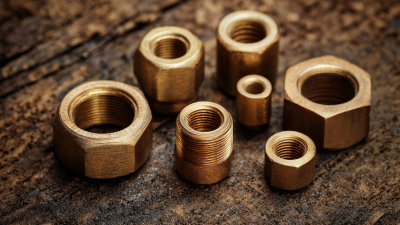
Discover Exceptional PPSU PEX Fittings from Leading Chinese Manufacturers for Global Procurement
-
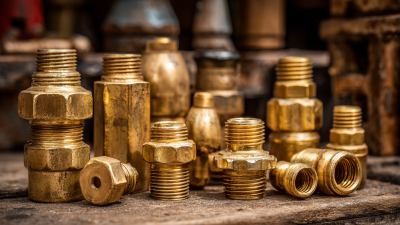
The Ultimate Guide to Sourcing High-Quality Brass Fittings for Your Business Needs
-
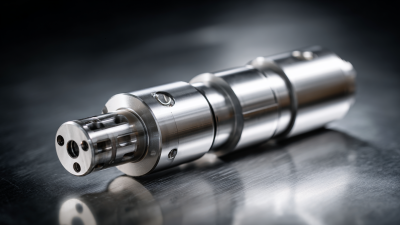
How to Select the Best OEM Precision Parts for Your Manufacturing Needs
-
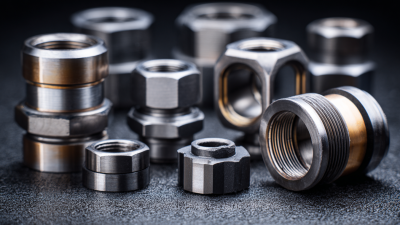
The Future of Best Compression Fittings Revolutionizing Global Supply Chains
-

How to Choose the Right Compression Fittings for Your Plumbing Needs
-
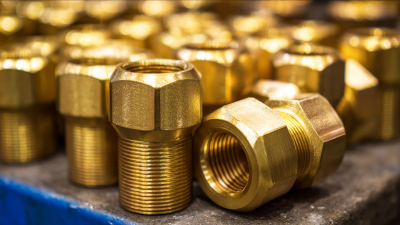
7 Essential Tips for Sourcing High-Quality Brass Elbows in Today's Global Market
